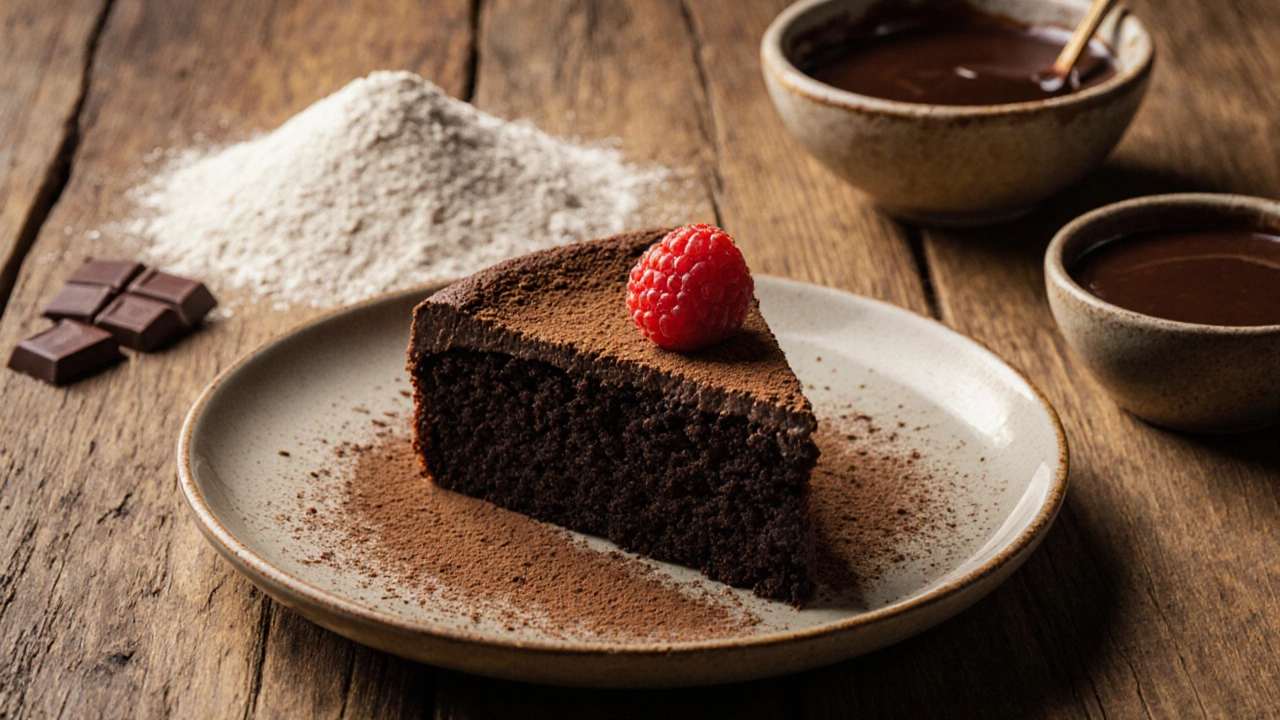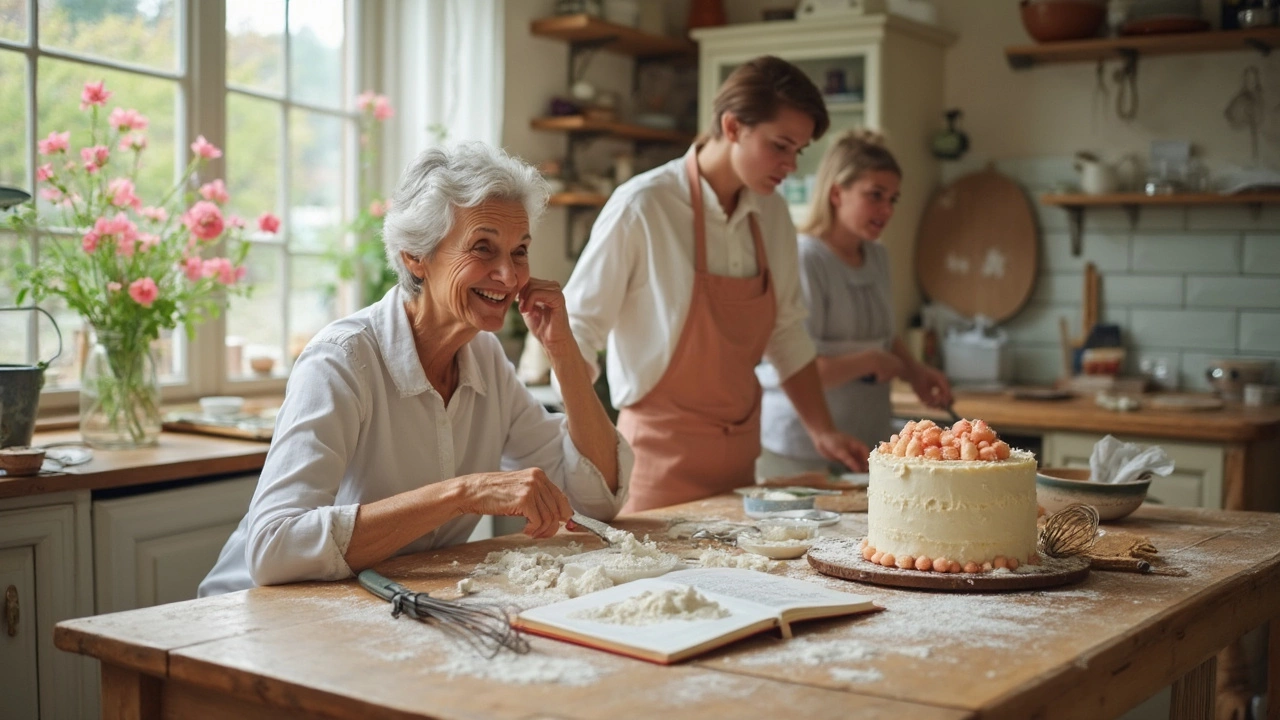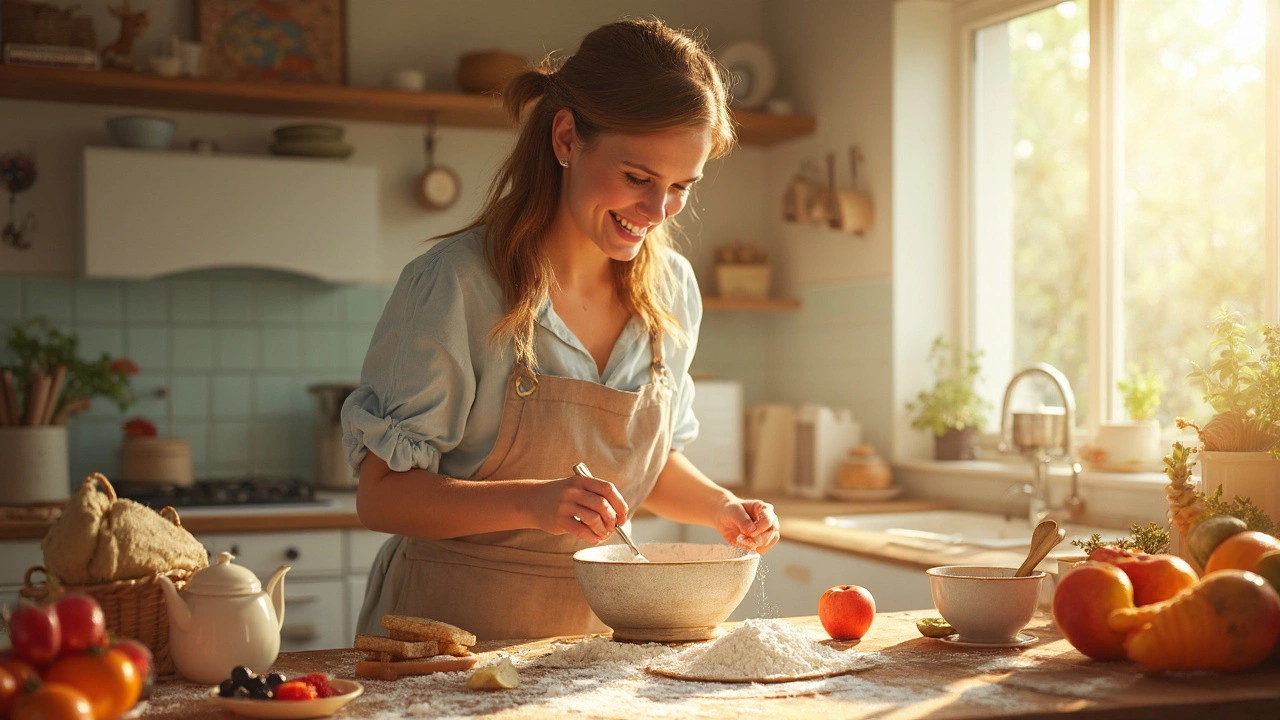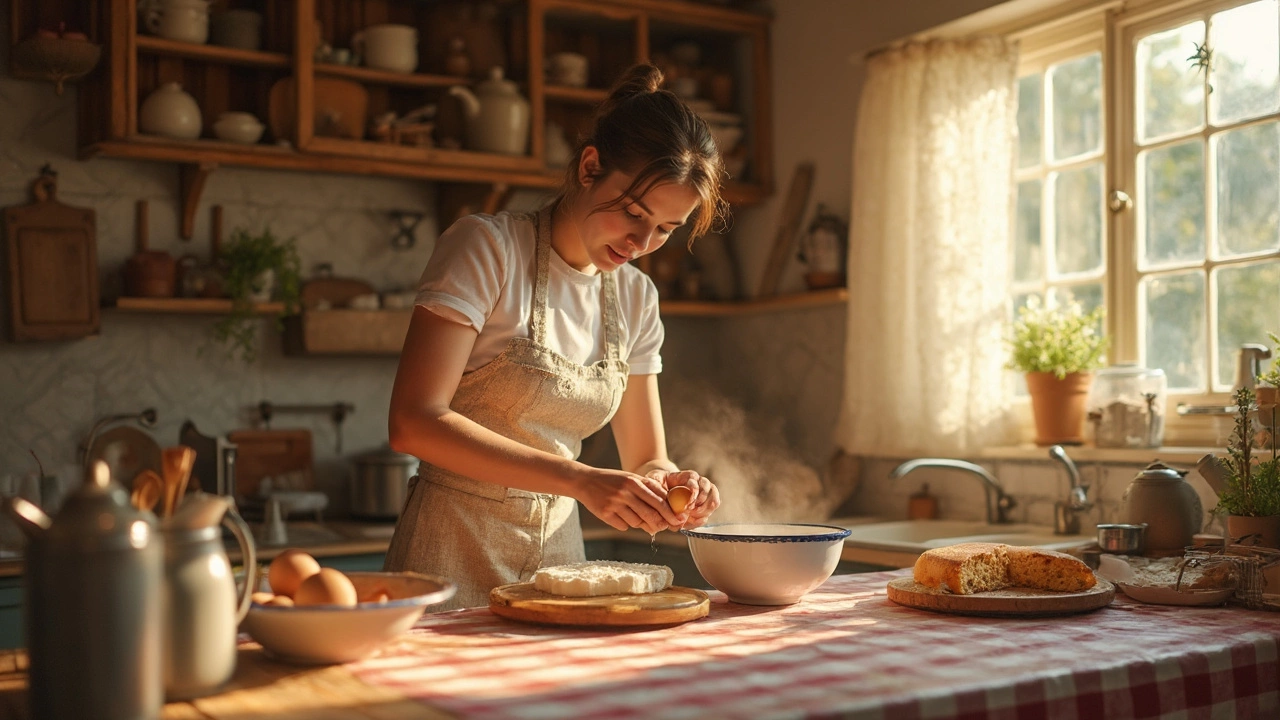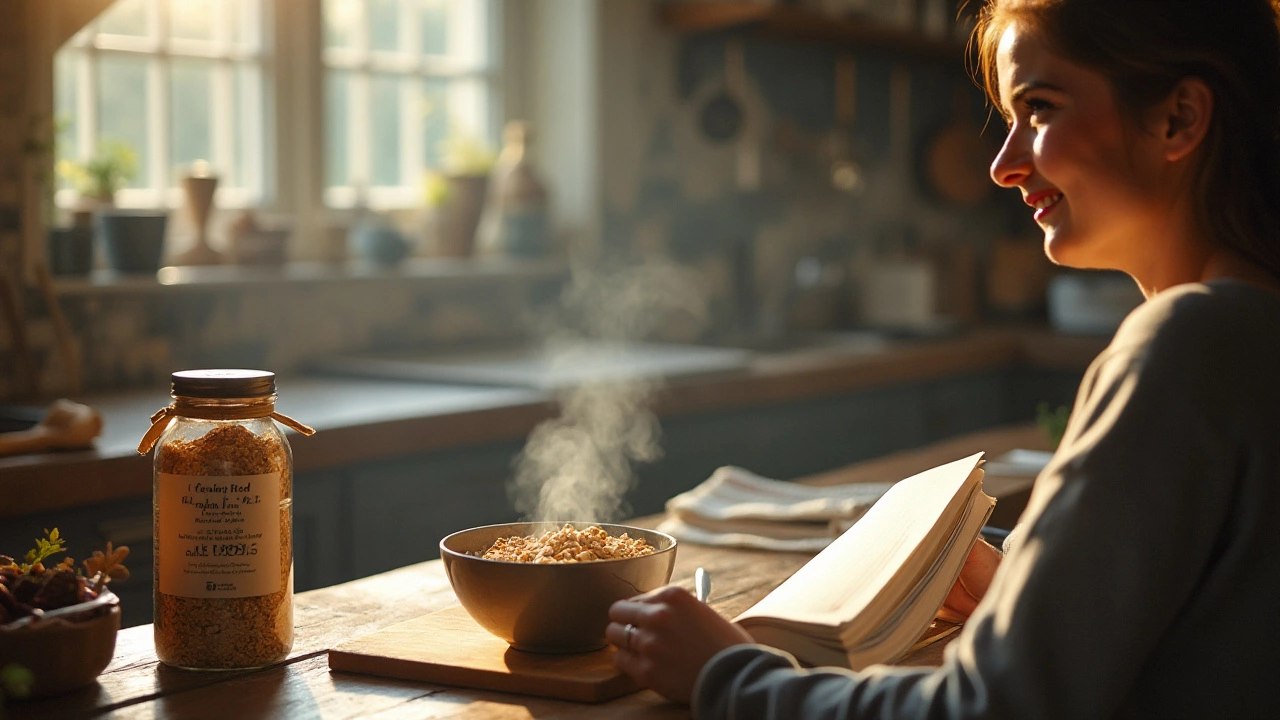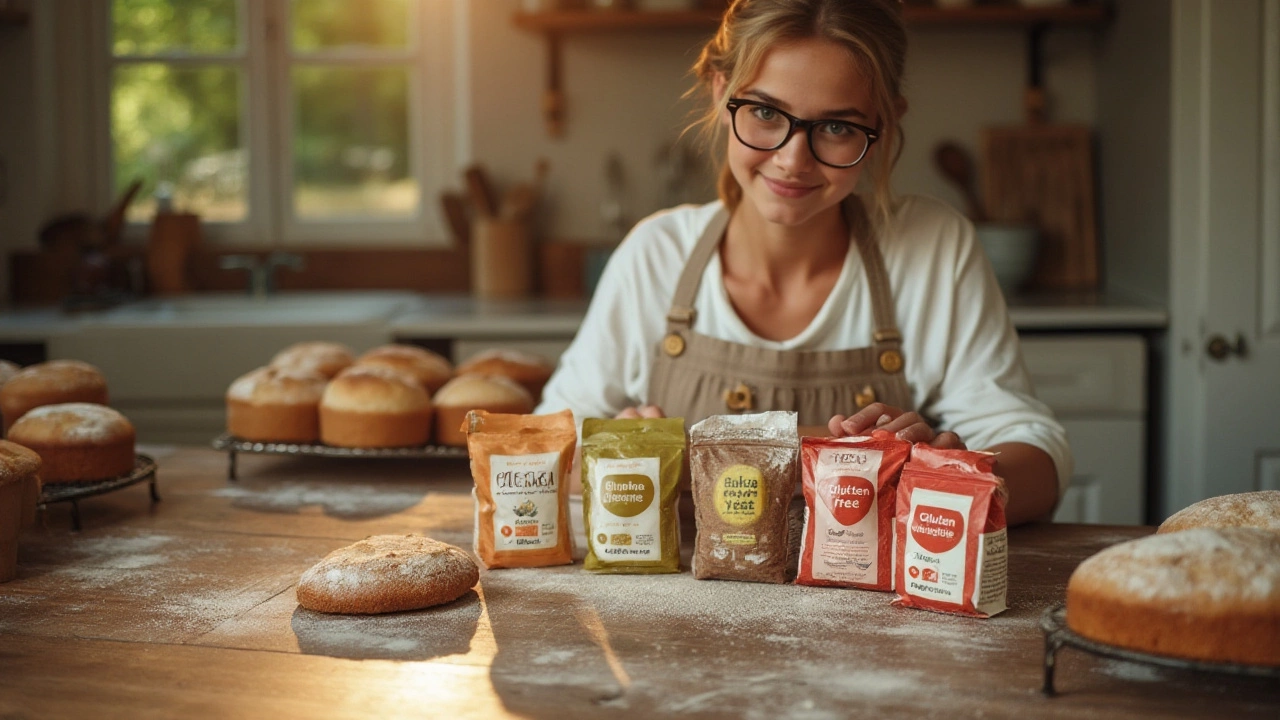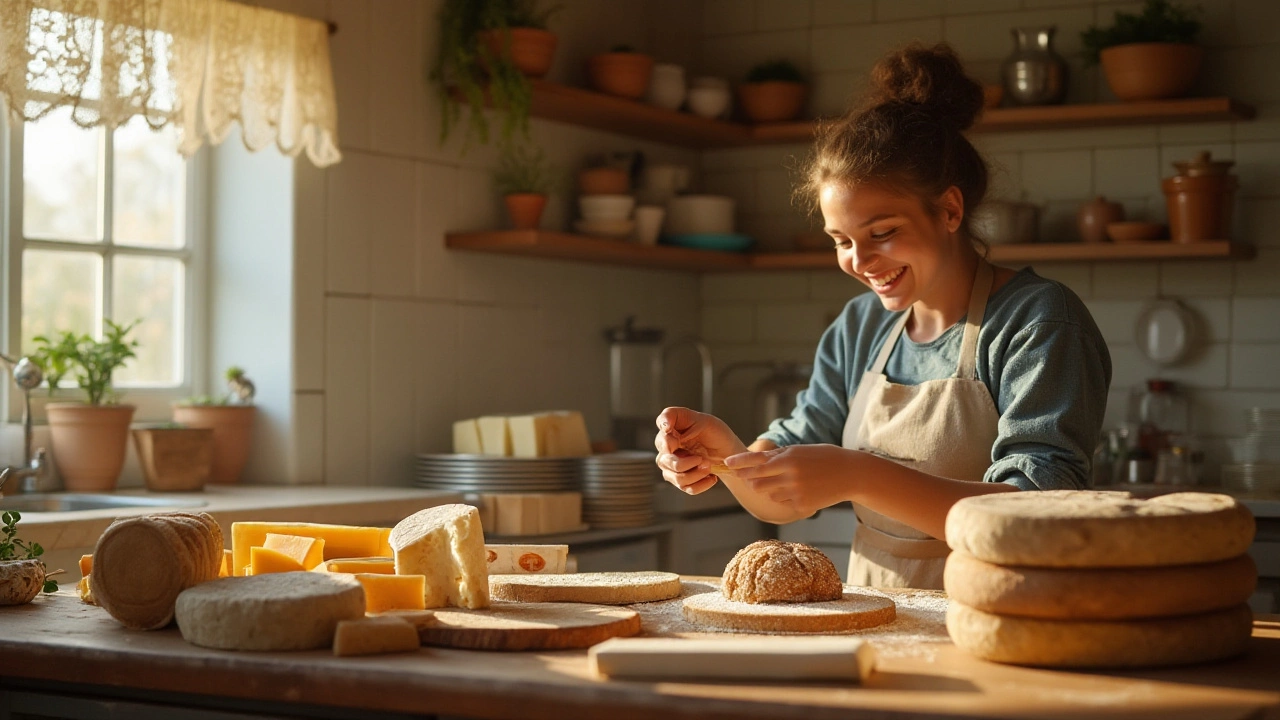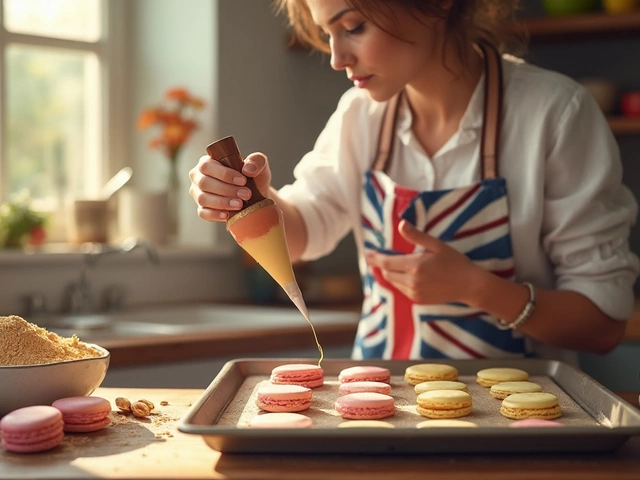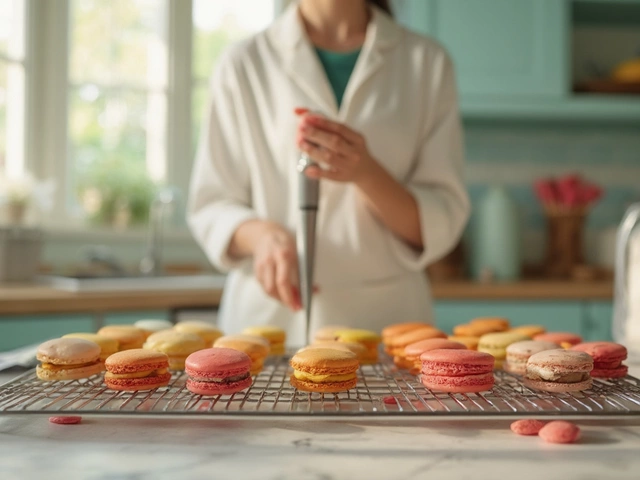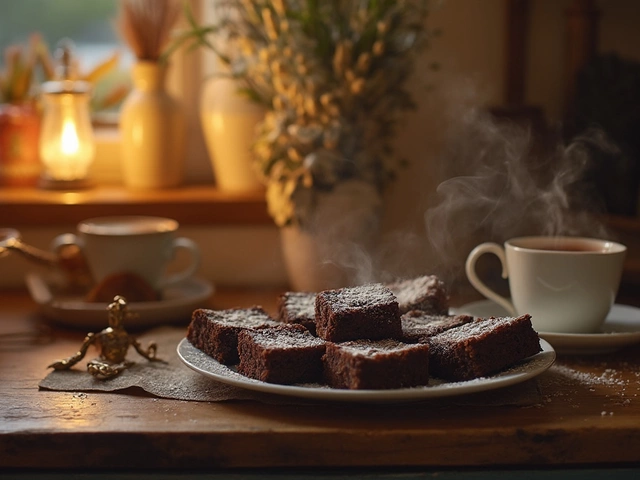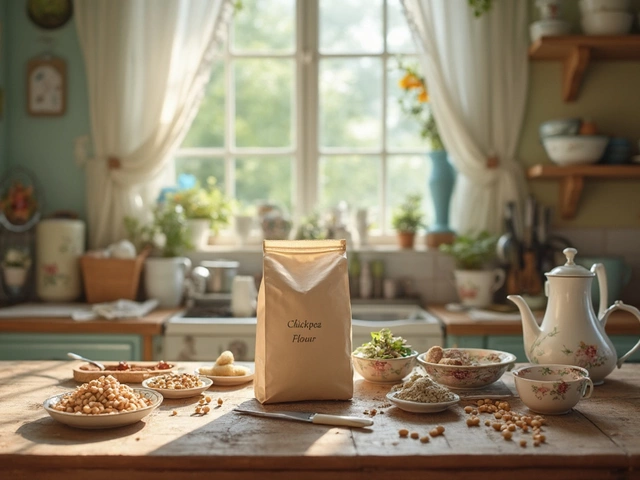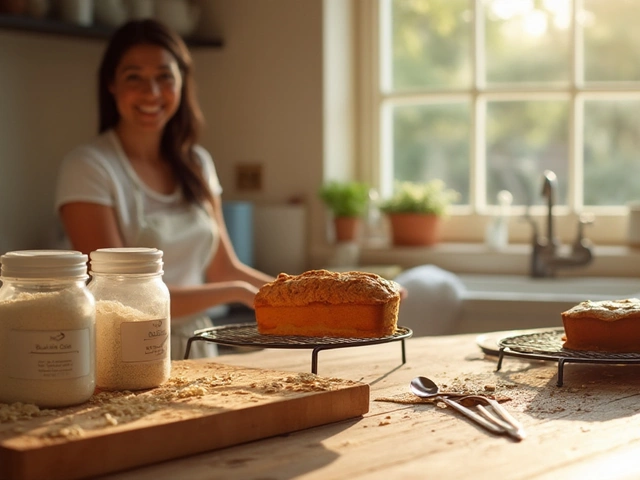Gluten Free Baking Made Easy
If you’re new to gluten‑free baking, the first thing to know is that you don’t need a chemistry degree. The biggest mistake most beginners make is treating gluten‑free flour like regular flour. It behaves differently, so you have to adjust the basics. Below you’ll find the core ingredients, a couple of reliable techniques, and a few quick recipes that prove gluten‑free treats can be just as delicious as the original.
Essential Gluten‑Free Staples
Start with a good blend of flours. Rice flour, almond flour, and oat flour are the most common. Rice flour gives a neutral base, almond flour adds moisture and a nutty flavor, while oat flour creates a soft crumb. You’ll also want a binder such as xanthan gum, psyllium husk, or chia seeds – these replace the structure that gluten normally provides. Don’t forget a pinch of salt and a splash of acid (like lemon juice or vinegar) to brighten the dough.
When you buy a pre‑made gluten‑free flour mix, check the label for added starches. Too much starch can make baked goods gummy. A balanced mix usually contains about 30‑40% starch, 30‑40% whole‑grain flour, and a small amount of protein‑rich flour like almond or chickpea. Keep a small container of each on hand and experiment by mixing your own blend – you’ll learn what works best for brownies, cookies, or breads.
Quick Gluten‑Free Recipe Ideas
Now that you’ve got the pantry basics, let’s put them to work. Here’s a no‑fuss brownie recipe that takes 30 minutes from start to finish. Mix 1 cup of gluten‑free flour blend, ½ cup cocoa powder, ½ cup melted butter, ¾ cup sugar, 2 eggs, 1 tsp vanilla, and ½ tsp xanthan gum. Spread in a lined pan, bake at 180°C (350°F) for 20‑25 minutes, and let cool before cutting. You’ll get a fudgy center with a slightly crisp edge – exactly what a brownie should be.
For cookies, try a simple chocolate‑chip version. Combine 1 ½ cups almond flour, ¼ cup oat flour, ¼ cup melted coconut oil, ⅓ cup brown sugar, 1 egg, ½ tsp baking soda, and a pinch of salt. Fold in chocolate chips, scoop onto a tray, and bake at 175°C (350°F) for 10‑12 minutes. The cookies spread a little and stay chewy, thanks to the almond flour’s natural fat.
One tip that works for almost any recipe: avoid over‑mixing. Gluten‑free batters become gummy if you stir too long. Mix until ingredients are just combined, then stop. Also, let your dough rest for 10‑15 minutes before baking. This gives the gums and starches time to hydrate, leading to a better texture.
Finally, don’t be afraid to experiment with add‑ins. Grated carrots, zucchini, or pumpkin puree add moisture without extra fat. Nuts and seeds boost crunch and nutrition. If a recipe feels too dry, a tablespoon of milk (dairy or plant‑based) can save it.
Gluten‑free baking is all about trial, error, and finding the right balance of flours and binders. With a few core ingredients and these simple tricks, you’ll be able to whip up brownies, cookies, and more that taste just as good as the classic versions. Happy baking!
